The Knowledge Graph is like a giant virtual encyclopedia that Google references to create certain elements of search results. Judging by the updates from Google, this virtual encyclopedia has grown considerably. Google Knowledge Graph currently consists of more than 500 billion facts about 5 billion entities, according to Danny Sullivan’s statement. Google’s Knowledge Graph is responsible for creating boxes that show up in search results for queries about many things. These boxes, called knowledge panels, provide a list of key facts extracted from the Knowledge Graph. Google automatically creates the knowledge panels. But Google is working to make these as accurate and consistent as if they were created manually by someone. Google’s automated systems aim to show the most relevant and popular information for an organization in an information panel. What is appearing in a knowledge panel differs from one topic to another. But usually includes:
- Title and summary of the topic.
- A longer explanation of the topic.
- Picture or pictures of the person, place, or object.
- Basic information, such as where a notable figure was born or where something is located.
- Links to social media profiles and official websites.
About Knowledge Panels
An information panel may also contain more specific information, depending on the type of entities that you search. For example, some Google Knowledge Panels may include:
- Songs of the musicians.
- Future episodes from tv shows..
- The squads of sports teams.
Google Knowledge Graph, introduced in 2012, takes its information from web content and licensed databases. So, according to a statement by Danny Sullivan: Data is coming from hundreds of sources on the web. So these sources include licensing data that appears on information panels for music, sports, and TV. Google works with medical providers to create carefully curated content for healthcare information panels. It also takes advantage of custom coding that content owners can use to mark upcoming events.
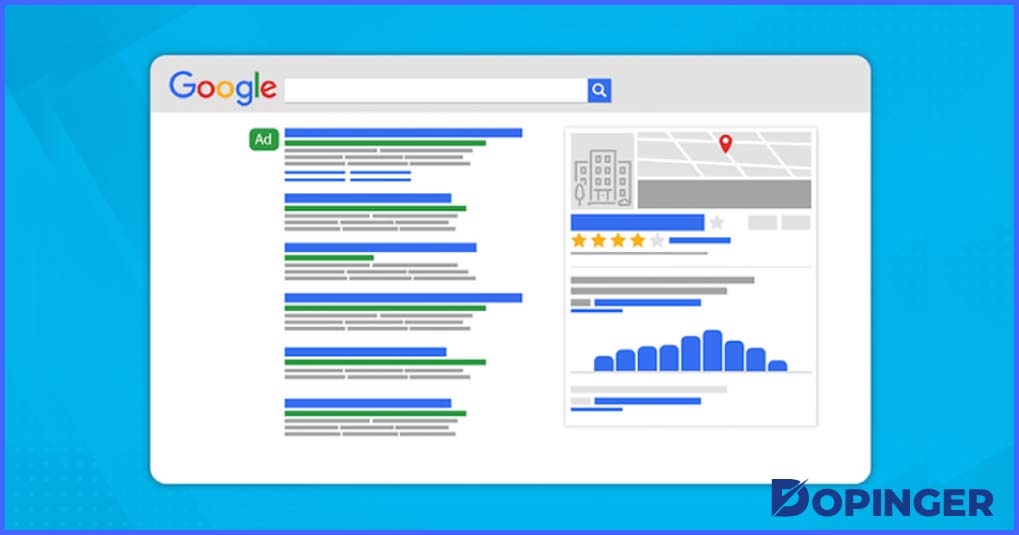
What Are the Advantages of the Knowledge Graph?
Before explaining, “What advantages the Google Knowledge Graph” has, let’s describe what it is. It is a data flow base where Google is used to improve the results of the Google search engine. It gathers information from many sources. The advantages of the Google Knowledge Graph are as follows:
- It does not depend on the data of other sites but uses its own data.
- It provides more accurate search results with the collection of 500 million search results.
- A summary of the search result made through Google appears on the right side. In this section, there is brief information such as birth date, age, and profession of famous people in general.
- With the updates, a horizontal line appears not only on the right side but also at the top of the page.
Google Knowledge Graph is a graphical chart designed to provide direct and clear information to the user. Therefore, this table has its own goals. These are:
- Giving the right information to the user.
- To provide the best summary.
- To be deeper and broader to learn more.
Google aims to present information directly to users with the knowledge graph. Google aims to prepare smarter results by thinking in terms of users for results to be given to searches. So, how to verify Google Knowledge Graph?
Verify Google Knowledge Graph
To verify, here are the steps:
- Be sure that you have a Google account.
- Search a site you are representing.
- After scrolling the screen below, press the “claim for this knowledge panel” button.
- Click the “Start Verification” button.
- Verify on platforms such as Twitter, Facebook, YouTube, or Search Console.
- If these pages are not available, Google will direct you to the “Verification on Google” page.
- Finally, the page will ask you for documents and proof. You may complete the Google Knowledge verification process by entering them.
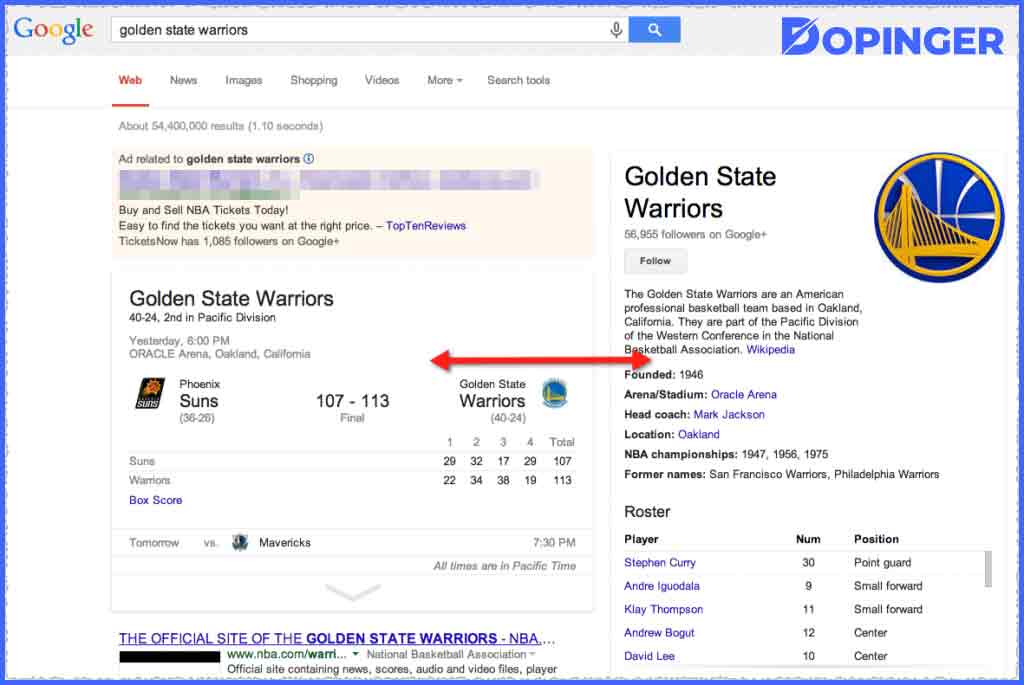
What Is Google Knowledge API?
The Google Knowledge Graph API reveals entity data related to a keyword that exists on Google already. In other words, Google Knowledge Graph API search lets you find entities that already exist in the Google Knowledge Graph. The API uses basic schema.org categories and is compliant with the JSON-LD particularization. Your website may stand out in Google searches with the schema markup method. If you want to prepare an item for your website, you can review the item types on Schema.org. Let’s explain some essential use cases.
A few examples of how you can use the Knowledge Graph API as follows:
- Getting a ranked list of the most remarkable entities that match certain criteria.
- Predictively completing entities in a search box.
- Editing or annotating content by using Knowledge Graph entities.
When you enter and search entities in the Google search box, you will get some results called search results. These are the notable entities that match your search topic. Every search engine has its knowledge graph. Among the knowledge graphs that these search engines have, the most advanced infrastructure is Google’s knowledge graph. Google uses the API key to track how the application is used and to reduce misuse. You may also identify knowledge graph entities in Google image results by using the image URLs.
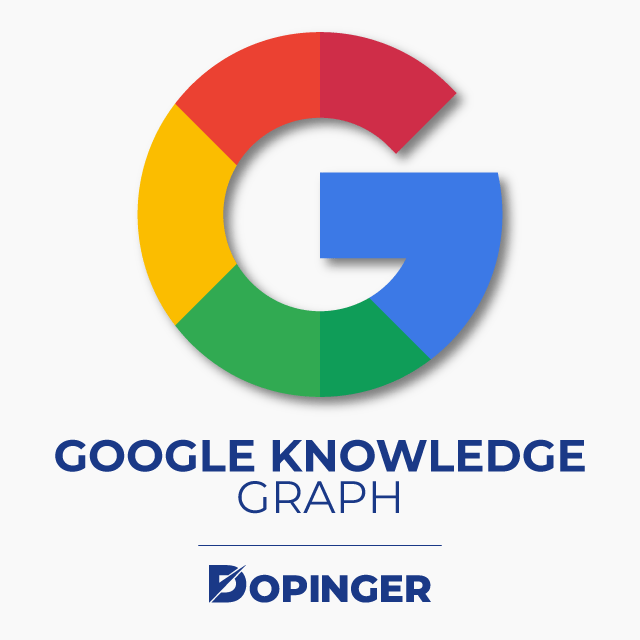
Briefly, What We Have Talked About
You may think of the Google Knowledge Graph as a giant encyclopedia that Google refers to generating search results. In addition, Google Knowledge Graph provides many advantages. It always uses its own database. Google Knowledge Panels are also compatible with mobile devices. Google Knowledge Graph API search allows you to find entities that already exist in the Google Knowledge Graph.
Frequently Asked Questions About
To change your knowledge graph, you need to do these:– First, go to the Google Search.– Sign in to your Google account.– Check if the app and web activity is on.– Search for an entity, then find its knowledge panel.– Choose the information that you want to change.– A response box will open. Write a brief description of the options listed here.– Finally, send it.
Knowledge Graphs give AI the context it needs. AI makes intelligent decisions about the entities that you searched.
Go to Google search and enter the person or company name that you want to claim. After the results appear, click share and copy the URL. This is necessary for the claim form. Click on the “claim knowledge panel” button at the bottom of the screen. Get verified and finally fill out the form and submit.
It is a dictionary of code. It may add to HTML to format pages on a website to improve how pages are presented in search engines.
Allows you to develop websites and apps to programmatically retrieve and display search results from the Programmable Search Engine.

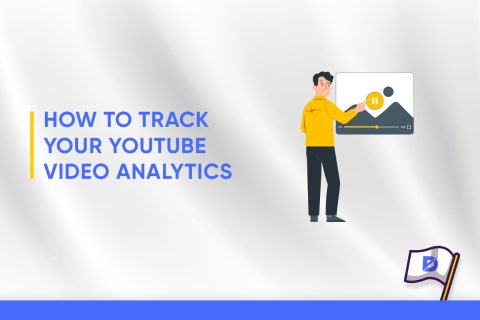
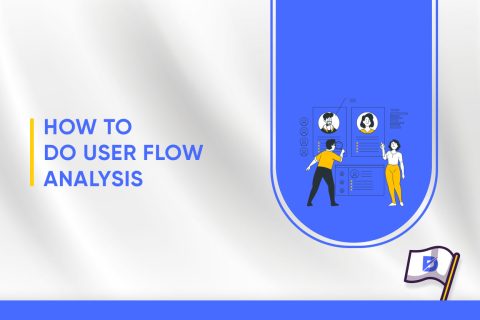
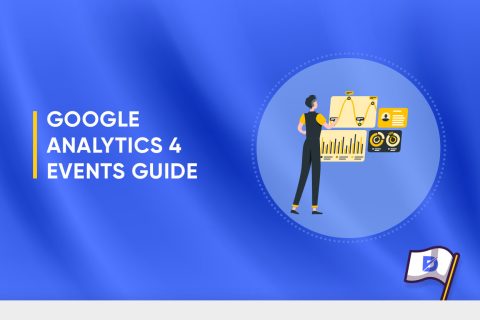
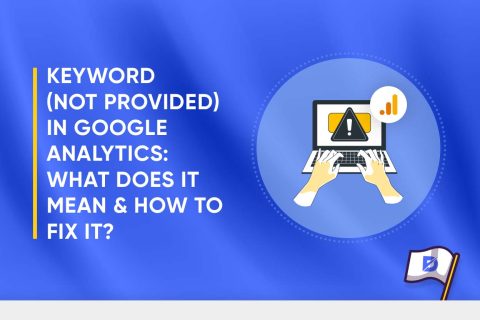
No comments to show.